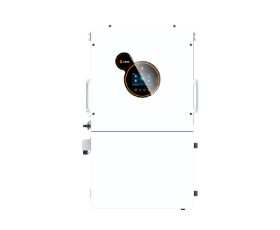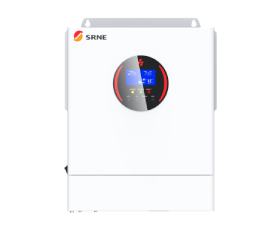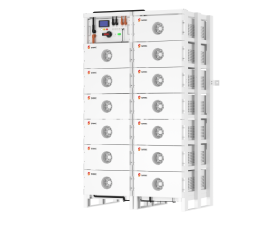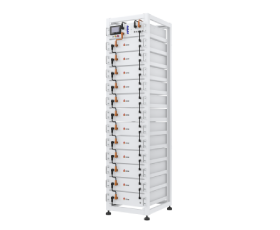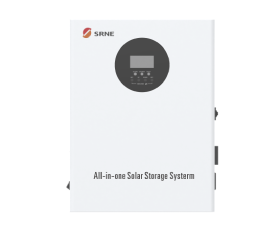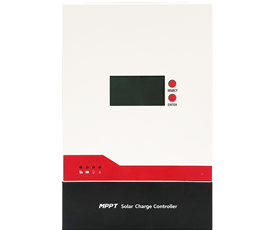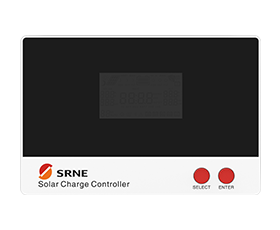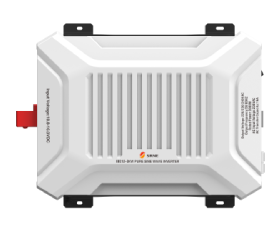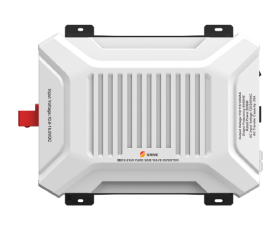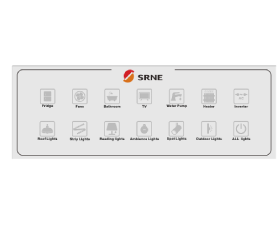As the world is suffering from impending death of fossil fuels and serious pollution resulted from the fuels, solar energy is now regarded as one promising solution to the global energy crisis. Among various means for generating energy from the sun, solar cells are an effective approach to convert solar energy into practical electrical energy. And among all kinds of solar cells, cadmium telluride solar cell has long been regarded as one promising choice for the development of cost-effective and reliable solar cells.
The cadmium telluride photovoltaic solar cells are the next most ample solar cell photovoltaic technology after crystalline silicon-based solar cells in the world market. CdTe thin-film PV solar cells can be assembled rapidly and as long as an economical substitute for conventional silicon-based PV technologies.
Cadmium telluride (CdTe) solar cells contain thin-film layers of cadmium telluride materials as a semiconductor to convert absorbed sunlight and hence generate electricity. The lower electrode is made from a layer of copper-doped carbon paste while the upper layer is made of tin oxide (SnO2) or cadium-based stannous oxide (Cd2SnO4). Between the upper layer and the semiconductor cadmium telluride, cadmium sulfide (CdS) is placed.
Cell Efficiency
Best cell efficiency has plateaued at 16.5% since 2001. The opportunity to increase current has been almost fully exploited, but more difficult challenges associated with junction quality, with properties of CdTe and with contacting have not been as successful.
Improved doping of CdTe and increased understanding of key processing steps (e.g., cadmium chloride recrystallization and contacting) are key to improving cell efficiency. Since CdTe has the optimal band gap for single-junction devices, it may be expected that efficiencies close to exceeding 20% (such as already shown in CIS alloys) should be achievable in mass produced CdTe cells.
Advantages of Cadmium Telluride Solar Cell
CdTe panels have several advantages over traditional silicon technology. These include:
1.Ease of manufacturing: The necessary electric field, which makes turning solar energy into electricity possible, stems from properties of two types of cadmium molecules, cadmium sulfide and cadmium telluride. This means a simple mixture of molecules achieves the required properties, simplifying manufacturing compared to the multi-step process of joining two different types of doped silicon in a silicon solar panel.
2. Good match with sunlight: Cadmium telluride absorbs sunlight at close to the ideal wavelength, capturing energy at shorter wavelengths than is possible with silicon panels
3. Cadmium is abundant: Cadmium is abundant, produced as a by-product of other important industrial metals such as zinc, consequently it has not had the wider price swings that have happened in the past two years with silicon prices.
Drawbacks of Cadmium Telluride Solar Cell
While price is a major advantage, there are some drawbacks to this type of solar panels, namely:
1. Lower efficiency levels: Cadmium telluride solar panels currently achieve an efficiency of 10.6%, which is significantly lower than the typical efficiencies of silicon solar cells.
2.Tellurium supply: While Cadmium is relatively abundant, Tellurium is not. Tellurium (Te) is an extremely rare element (1-5 parts per billion in the Earth's crust. According to USGS, global tellurium production in 2007 was 135 metric tons. Most of it comes as a by-product of copper, with smaller byproduct amounts from lead and gold. One gigawatt (GW) of CdTe PV modules would require about 93 metric tons (at current efficiencies and thicknesses), so the availability of tellurium will eventually limited how many panels can be produced with this material.
CdTe solar cells have shown an extraordinary efficiency improvement in recent years. Finally, a large number of scientific articles prove the extremely low environmental impact of this technology. Even non-friendly reports show that the possibility for broken modules to have high cadmium leakage in the soil is very unlikely. As well as no emission of cadmium can occur in case of residential fires. In addition, the complete recyclability of the CdTe modules makes this great technology absolutely clean.


























